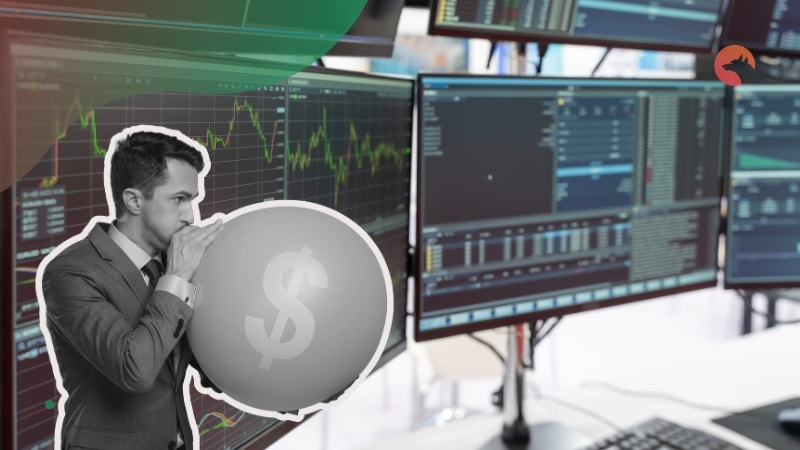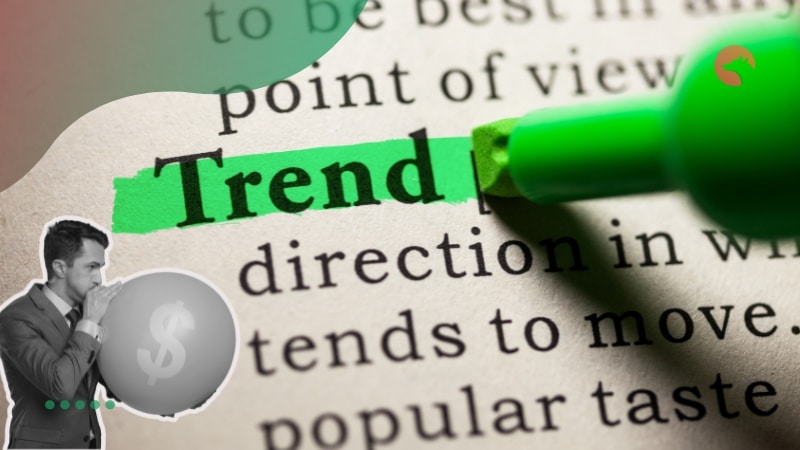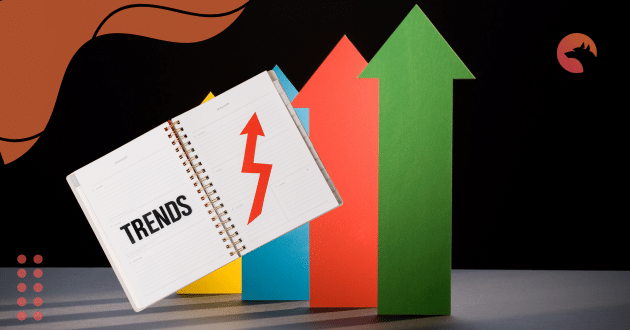Inflation trends in the US continue to evolve. Get insights on rising costs, economic policies, and what experts predict for the months ahead.
Inflation is a subject that has garnered significant attention from economists, policymakers, investors, and everyday consumers alike. In recent years, the economic landscape has been marked by fluctuations and uncertainty, prompting many to ask: “What are the underlying dynamics shaping Inflation trends in the US?”
This article aims to provide an in-depth exploration of inflation in the United States, incorporating detailed historical context, key influencing factors, policy measures, and actionable tips for both consumers and investors. Through a structured and comprehensive approach, we will shed light on how inflation has evolved, what drives its changes, and what implications these trends hold for the future.
Inflation refers to the rate at which the general level of prices for goods and services rises, consequently eroding purchasing power. Inflation trends in the US are particularly noteworthy because the country’s economy is one of the largest and most influential globally. Moreover, understanding these trends is crucial for making informed decisions, whether for individual financial planning, corporate strategies, or governmental policies.
In this article, we delve into the origins and impacts of inflation, provide historical comparisons, and explore the multifaceted factors that contribute to the current inflation scenario. Additionally, we offer practical tips to help various stakeholders navigate these turbulent economic waters.
A Brief Historical Overview – Inflation trends in the US

Historically, inflation in the United States has experienced several notable periods. For instance, the high inflation of the 1970s, often referred to as stagflation, was characterized by both inflation and stagnant economic growth. This era serves as a stark reminder of the complex interplay between various economic forces.
Transitioning from the past to the present, it is important to note that modern inflation trends are shaped by different factors. Technological advances, globalization, and evolving monetary policies have all played a role in altering the dynamics of price increases. For example, while the 1970s were dominated by energy crises and geopolitical tensions, today’s inflation challenges often involve supply chain disruptions, labor shortages, and unprecedented fiscal stimulus measures.
To gain a deeper understanding of Inflation trends in the US, it is crucial to consult official sources. One of the best references is the Bureau of Labor Statistics, which provides up-to-date indicators on consumer prices and other key economic variables. Another vital resource for tracking inflation changes is the Federal Reserve, responsible for formulating and executing U.S. monetary policy, and offering detailed reports and statements on the nation’s economic outlook.
Key Factors Influencing Inflation trends in the US

Several key factors influence inflation, including supply and demand imbalances, production costs, and government policies. For instance, when demand surpasses supply, prices rise, leading to inflation. Additionally, higher wages and increased raw material costs push businesses to adjust prices accordingly. Moreover, central banks play a crucial role by controlling interest rates and money supply. To navigate inflation effectively, individuals should manage their finances wisely and How to Improve Credit Score for Free, ensuring better access to financial opportunities.
Supply and Demand Dynamics
One of the most fundamental principles behind Inflation trends in the US is the balance between supply and demand. When demand outpaces supply, prices naturally tend to rise. Conversely, if there is an oversupply of goods and services, prices can stabilize or even drop.
- Supply Chain Disruptions: In recent times, global supply chains have experienced significant disturbances due to events such as pandemics and geopolitical conflicts. These disruptions have resulted in shortages of essential goods, thereby contributing to upward price pressure.
- Consumer Demand: Fluctuations in consumer demand, influenced by factors such as employment rates and consumer confidence, play a critical role. When consumers feel financially secure, they tend to spend more, driving up demand and potentially increasing prices.
Monetary Policy and Federal Reserve Actions
The Federal Reserve’s policies are central to managing Inflation trends in the US. Interest rate adjustments, for example, are a primary tool used to either stimulate or cool down the economy.
- Lower Interest Rates: Typically, lower rates are used to encourage borrowing and spending, which can lead to increased inflation if the growth in demand outstrips the supply.
- Higher Interest Rates: Conversely, raising interest rates makes borrowing more expensive, which can dampen spending and help control inflation. The Federal Reserve’s strategic decisions are closely monitored by financial markets, investors, and policymakers alike.
Fiscal Policies and Government Spending
Government spending also plays a vital role in shaping inflation trends. During times of economic downturn or crisis, fiscal stimulus packages are often implemented to support the economy. While such measures are necessary to prevent recessions, they can sometimes lead to inflation if the increased spending leads to an overheating economy.
- Stimulus Packages: Recent fiscal stimulus measures, including direct payments and unemployment benefits, have injected significant amounts of money into the economy. This influx of cash, while essential for immediate economic relief, may contribute to longer-term inflationary pressures if not carefully managed.
The Impact on Consumers and Businesses of Inflation trends in the US
Rising Cost of Living
For the average consumer, inflation manifests as an increased cost of living. Essentials like groceries, housing, and transportation become more expensive, which can strain household budgets. Consequently, understanding inflation trends is not merely an academic exercise but a critical component of personal financial planning.
- Budget Adjustments: As prices rise, consumers may need to re-evaluate their budgets. This might involve cutting back on discretionary spending or seeking additional income sources.
- Savings and Investments: Inflation can erode the value of savings if the returns do not keep pace with rising prices. Therefore, it is crucial for individuals to consider investment strategies that offer inflation-beating returns.
Impact on Businesses – Inflation trends in the US
Inflation also poses challenges for businesses. Companies may face higher input costs, which can affect profit margins. Moreover, businesses must balance the need to absorb increased costs while remaining competitive in the marketplace.
- Cost Management: Companies may adopt various strategies to mitigate the impact of inflation, such as improving operational efficiency, negotiating better terms with suppliers, or adjusting product pricing.
- Strategic Pricing: In some cases, businesses may pass on the increased costs to consumers. However, this must be done carefully to avoid losing market share or alienating customers.
Monetary Policy in Action: Case Studies and Recent Trends
The Role of the Federal Reserve
The Federal Reserve’s actions are a critical determinant of Inflation trends in the US. Historically, the Fed has employed various tools, including interest rate adjustments and quantitative easing, to manage economic growth and inflation.
- Interest Rate Hikes: In recent years, when inflationary pressures became evident, the Fed responded by gradually increasing interest rates. This move aimed to cool down consumer spending and curb inflation.
- Quantitative Tightening: Alongside interest rate hikes, the Fed has also considered reducing the size of its balance sheet—a process known as quantitative tightening. By decreasing the amount of money circulating in the economy, the Fed seeks to stabilize prices.
Tips for Navigating Inflationary Environments
In times of inflation, both consumers and investors need to adopt strategies to protect their finances. Below are some practical tips to navigate these challenging economic conditions:
Conclusion
In conclusion, Inflation trends in the US represent a complex and multifaceted phenomenon influenced by historical events, monetary and fiscal policies, and global factors. By examining past experiences, understanding the underlying drivers, and considering both short-term and long-term implications, we can gain valuable insights into the nature of inflation and its impact on society.
Throughout this article, we have explored the evolution of inflation, highlighted key factors such as supply and demand dynamics, examined the role of the Federal Reserve, and provided practical tips for both consumers and investors. Furthermore, we have discussed the potential future trajectory of inflation and the challenges that policymakers face in maintaining economic stability.
As we move forward in an era marked by rapid technological change and global uncertainty, staying informed about Inflation trends in the US becomes more important than ever. By adopting sound financial practices and keeping a close watch on economic indicators, individuals and businesses alike can better prepare for the uncertainties ahead.



